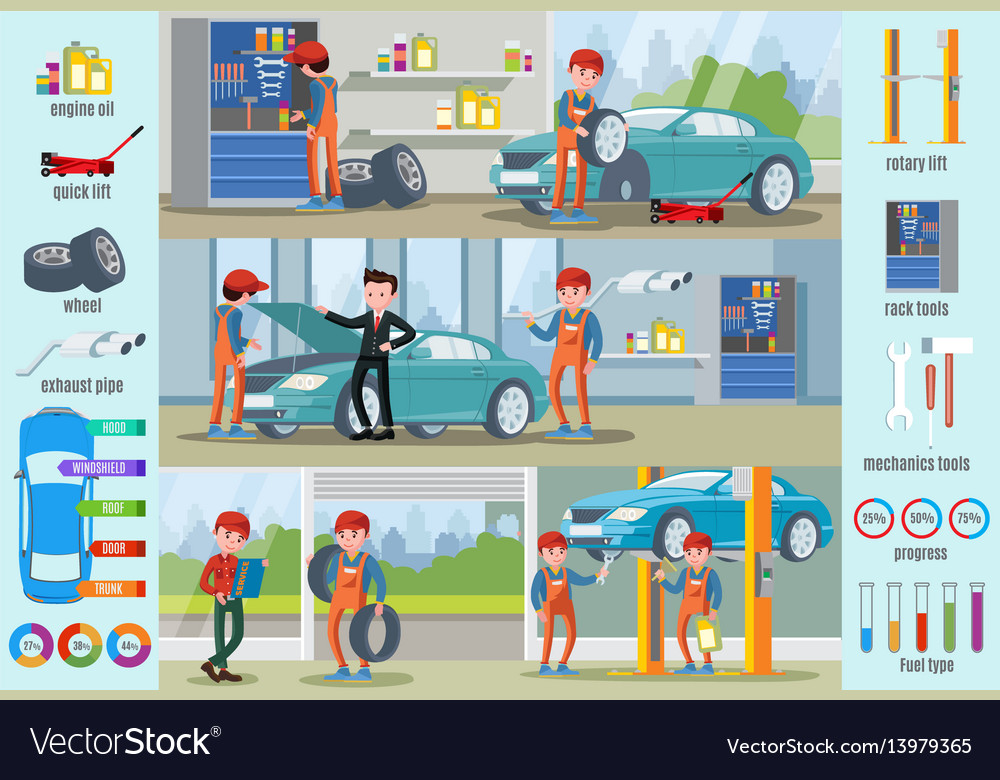Understanding Your Cars And Truck'S Warning Lights: What Do They Really Mean?
Understanding Your Cars And Truck'S Warning Lights: What Do They Really Mean?
Blog Article
Article Author-Lim Gilbert
When you lag the wheel, those glowing caution lights on your dashboard can be a bit perplexing. Do you know what they're attempting to tell you concerning your cars and truck's health? Understanding the significance of these lights is important for your safety and the durability of your car. So, the following time among those lights appears, wouldn't you want to understand its message precisely and take the essential steps to resolve it?
Common Warning Lights and Interpretations
Determine typical warning lights in your car and understand their definitions to ensure safe driving.
The most typical caution lights include the check engine light, which signals problems with the engine or emissions system. If this light begins, it's critical to have your car inspected without delay.
The oil stress advising light indicates low oil pressure, calling for instant attention to prevent engine damage.
A flashing battery light may suggest a malfunctioning billing system, possibly leaving you stranded otherwise resolved.
The tire stress surveillance system (TPMS) light alerts you to reduced tire stress, impacting automobile stability and gas effectiveness. Overlooking car interior grooming might lead to hazardous driving conditions.
The abdominal muscle light shows an issue with the anti-lock braking system, compromising your ability to quit quickly in emergency situations.
Last but not least, the coolant temperature level cautioning light warns of engine getting too hot, which can result in serious damage if not dealt with quickly.
Recognizing these usual caution lights will help you deal with issues quickly and maintain risk-free driving conditions.
Relevance of Prompt Interest
Comprehending the typical warning lights in your cars and truck is just the initial step; the relevance of without delay attending to these cautions can not be stressed enough to guarantee your safety and security when traveling.
When a caution light brightens on your control panel, it's your automobile's means of communicating a prospective issue that needs interest. Neglecting these cautions can cause more extreme issues down the road, endangering your safety and possibly costing you a lot more out of commission.
Trigger attention to cautioning lights can stop breakdowns and accidents. For instance, a blinking check engine light could show a misfire that, if left unattended, could cause damage to the catalytic converter. Addressing this without delay can save you from an expensive fixing.
Likewise, a brake system warning light could signify low brake liquid or used brake pads, crucial parts for your safety when driving.
DIY Troubleshooting Tips
If you notice a warning light on your control panel, there are a few DIY repairing ideas you can try prior to seeking specialist aid.
The first step is to consult your vehicle's handbook to comprehend what the particular caution light indicates. Occasionally the concern can be as basic as a loose gas cap activating the check engine light. Tightening the gas cap may solve the problem.
An additional typical issue is a low battery, which can cause different cautioning lights. Examining the battery connections for corrosion and guaranteeing they're safe may deal with the problem.
If a caution light lingers, you can attempt resetting it by detaching the auto's battery for a couple of minutes and then reconnecting it. In addition, checking your car's liquid degrees, such as oil, coolant, and brake liquid, can aid troubleshoot alerting lights connected to these systems.
Final thought
To conclude, understanding your automobile's warning lights is vital for keeping your lorry running efficiently and securely. By promptly addressing these signals and understanding what they suggest, you can avoid expensive fixings and possible break downs.
Bear in mind to consult your vehicle's guidebook for particular details on each warning light and do something about it accordingly to make certain a hassle-free driving experience.
Stay notified, remain secure when traveling!
